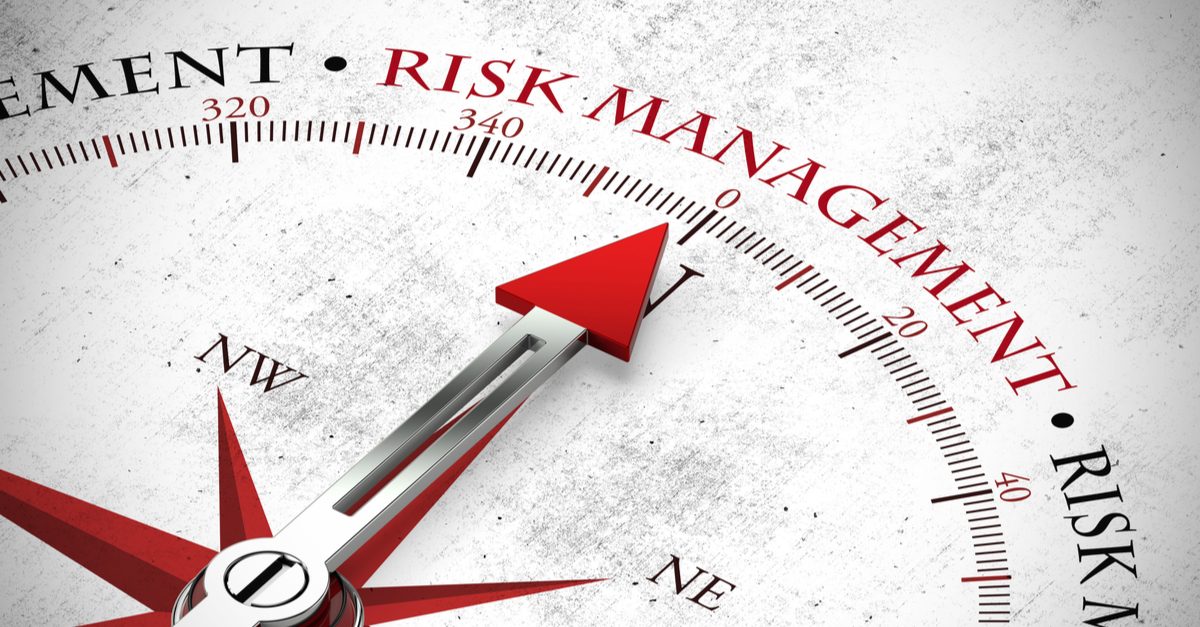Basics of Risk Management in Trading. How to Avoid Losing Money?

5 minutes for reading
Sooner or later, all traders who make deals on financial markets have second thoughts and ask themselves a question: “How do I more efficiently use my trading account in order to get profit and avoid losing money?”
As a rule, these thoughts don’t go any further and when beginner traders make transactions, they often risk all their money, “at full throttle” so to say, without following important rules for market operations. As soon as they get a little free money, beginners open another position and, when it comes to the crunch, lose all their orders and entire deposit. To avoid such situations, people created and developed some specific rules to manage their capital and risks. No matter how much money you have on your account – losing all will be unpleasant anyway.
Rules of risk management
Let’s see into all these rules and recommendations, which are intended to help us save money and avoid unnecessary risks.
Use available amount of money
First of all, one should open a trading account at one’s own available money. This is a sum, which a trader can afford to lose without any drastic consequences to their personal or family budget. At the same time, the amount of money should be enough to provide a trader with a freedom of making trading decisions. A deposit opened with borrowed funds or the last of a trader’s money is “doomed” from the start. The reason is very simple: in case of losses, a trader will try to win back their money, which means that a well-thought strategy will transform into a reckless pursuit with logical sad results. Hardly anybody wants to face such outcome in their trading careers.
Use Stop Loss orders
Secondly, one should understand the Stop Loss system. Ignoring Stop Loss orders is one of the most common mistakes made by both beginners and experienced traders. Many traders think that they can “outlast” a loss-making deal and the price may return to previous levels. In reality, these expectations often fall short and after losing time and money, a trader closes this position in the red. Or it might be much worse – the positions is automatically closed after Stop Out.
There is a simple approach that helps avoid such situations. All you have to do is follow the rules below:

- Don’t open a position using all your money.
- Before opening a position, one should estimate not only possible profit, but possible losses as well. Ideally, it should be 1 to 3 ratio or more, where there is 1 USD of possible loss to 3 USD of potential profit. At the same time, Stop Loss value in the account currency shouldn’t be more than 2% of the account funds. For example, there are 10,000 USD of funds on the account, which means that in the first transaction the loss amount for a single open position shouldn’t exceed 200 USD. The same math is applied further: after losing 200 USD, there will be 9,800 USD left on the account, so the next time the loss amount shouldn’t be more than 196 USD. In this case, you should estimate the loss amount based on 9,604 USD on the account (minus 2% again, etc.). A possibility that all positions will be loss-making is rather low, and while a trader has a reasonable approach to trading and follows the above-mentioned ratio, they have more chances to find themselves “in the black”. It’s definitely not difficult. In no way one should ignore Stop Loss and in no way one should change the Stop Loss level downwards in hopes of reverse. However, Stop Loss orders may and should be modified, but only in cases when the price is moving in favorable direction.
A complete guide about main rules of risk management you can find in the post: 11 Rules of Risk Management. Ultimate Guide
Typical mistakes of traders
Sometimes traders come up with an idea to average out when a position is in drawdown. However, this is another trap: such strategy will surely result in increase of the current loss amount, although there might be some very rare cases when this method helps traders avoid losses and get profit. Still, in most cases investors, who use this approach, are moving towards failure in quantum leaps. Not less and sometimes more problems may be delivered by so called locks (locking an open position with an order of the same volume but different direction). I don’t mind this method, but for successful outcome it requires rich trading experience and careful planning, that’s why inexperienced traders may only stave off their inevitable failure.
Attempts to win back their money ruined trading careers of many beginners. To avoid this, one should clearly define goals for the current trading session before starting to trade. Everything should be very concrete and specific: goals should consider not only forecasts on profit, but on losses as well. In case any of the planned scenarios turns into reality, one should stop all trading operations for the day.
Time is a very significant factor in risk management. The time a trader spends on the market should be restricted. Obsessive urge to spend all your time on the market may take a heavy toll on risk perception. Quite often, after their first unsuccessful trade of the day beginners continue following the market and opening new positions instead of stepping aside. But no one can expect anything good when they exceed allowable risk limits and ignore risk management.
Conclusion
Generally speaking, all this leads to only one conclusion: a positive outcome may be possible only in case a trader follows the rules they specified before starting to trade. Minor losses under this approach are just an experience that should teach traders a lesson.







